Rock Me Gently
RockMe Gently
A MEMOIR OF A CONVENT CHILDHOOD
JUDITH KELLY
_ocr_0003_001.jpg)
First published in Great Britain in 2005
Copyright Judith Kelly
This electronic edition published 2009 by Bloomsbury Publishing Plc
The right of Judith Kelly to be identified as the author of this work has been asserted by her in accordance with the Copyright, Designs and Patents Act 1988
This book is a memoir and the incidents presented are true to the author's recollection
The articles reproduced as appendixes in this book are published with permission of the New Statesman, Daily Express and Young Minds Magazine
The letters reproduced as appendixes in this book are published with permission of Ruth Norton and Marjorie Lamb
All rights reserved. You may not copy, distribute, transmit, reproduce or otherwise make available this publication (or any part of it) in any form, or by any means (including without limitation electronic, digital, optical, mechanical, photocopying, printing, recording or otherwise), without the prior written permission of the publisher. Any person who does any unauthorised act in relation to this publication may be liable to criminal prosecution and civil claims for damages.
Bloomsbury Publishing Plc, 36 Soho Square, London W1D 3QY
A CIP catalogue record for this book is available from the British Library
eISBN: 978-1-40880-690-6
www.bloomsbury.com/judithkelly
Visit www.bloomsbury.com to find out more about our authors and their books.
You will find extracts, authors interviews, author events and you can sign up for newsletters to be the first to hear about our latest releases and special offers.
For Cate Lowes
Contents
On one Internet blog site, I am condemned as a thief, a soapy sneak masquerading as an author in order to get my memoir noticed. This blogger, who has not read my book, believes that I have cribbed from many best-selling books written by well-known authors and therefore the truth of my story is in doubt. Apparently, if a newspaper reports it, then it must be true. In the New Statesman 28 December 2005). My publisher has given me this opportunity of replying to these accusations. I realise that plagiarism is wrong and although I do not wish to excuse my actions, I would like to offer an account of what happened.
The seeds of my decision to tell my story were sown in the early 1970s following the discovery of the diary I kept whilst at Nazareth House convent from 1951 to 1953. In September 2000 Sister Alphonso, also known as Marie Docherty, was found guilty of terrorising the children in her care at Nazareth House in Aberdeen and Lasswade from the 1960s to the 1980s. This same nun had at one time been ensconced in Nazareth House, Bexhill-on-Sea, which is the home I attended as a child. My decision to embark on the story you are about to read could no longer be put off. The pressure of injustice against so many innocent children, particularly the two girls that died, had grown too great to be ignored and my determination to move forward and tell the truth became my primary goal.
I had no idea that the final result would be of such interest to anyone - I was writing this book for myself, and for my two friends - and sadly, I thought there was nothing new to be revealed about the ill-treatment of children within religious institutions. But I was proved wrong. Yet writing my story was a journey through terror and horror and certainly after the book was published, reaction to it proved to be something I had not anticipated.
It was clear to me even in those early days that while writing my story I would have to remain objective, despite the trauma of revisiting my past and the way it would affect me. I had to distance myself from the emotive content in both the convent and kibbutz chapters. Detaching myself in this way helped me endure the telling of my story.
When I embarked on my mission I lacked confidence in my writing ability. I sat in libraries reading stacks of books in order to understand how a sentence or chapter is put together. I learnt how other authors use words, the turns of phrases they employ I learnt by seeing how the greats had done it. I slowly learnt what inspired me and what didnt. So at first I began by a process of imitation making copious notes whenever a sentence produced an image that best fitted my childhood memory with the intention of later changing the language into my own words.
As I progressed the many notes and Post-its stuck around my walls and computer grew. As did the many dog-eared books I had gathered in my need for guidance. And that is where, to my deep regret and to the immense pain of other authors or their representatives, I grew careless. As the years went by, I became muddled about which sentences were my own and which belonged to the masters of literature. This last sentence may sound immensely egotistical because how could an amateur author confuse her own dilettantish writing with the likes of Charlotte Bronte? I admit to being fully aware that similarities to Jane Eyre existed in my story. I hoped the reader would be aware of them too, thereby illustrating the many similarities between Nazareth House and Loworth School. In some respects, I was unconsciously attempting to contrast my life with Jane Eyres.
Although my story is tragically factual, after receiving advice from an editor I changed the style of my story from factual to a show not tell format. In other words I had to strive to make the reader feel as if he or she was watching the events by showing, not merely telling, the story. My progress was slow. The only certainty about my childhood is what I remembered. The evidence I painfully gleaned from the Coroners report about my friends deaths and the details from my diary had to be distilled to a few paragraphs. How to put them together? The chapters of my days on the kibbutz also required this type of consideration - here eight months had to be reduced to eight chapters. In both the convent and the kibbutz chapters, I describe a dialogue that never happened, yet the tone of those conversations remains the same - all accurate but never before having been brought together.
I tried to remain true to the facts and feelings of my story, but if sentences have inadvertently been taken from another authors book, whether fiction or non-fiction, then I am deeply apologetic to the authors and to my publisher and have amended those sections for this edition, but this does not alter the fact that the events within my story remain true. I am aware that some of my contemporaries from the convent contradict my account of events as documented in my story. However, for the matter of testimony there are also a number of witnesses who support my story. One womans reaction was: You described the inside of the convent and the rituals of Nazareth House to a tee, but why did you dampen down the truth about the nuns cruelty? My response is that if we all had written our own version of those days, each account would have been diverse, yet each one true. If two people recall an event differently, does it mean that one is lying? Each of us remembers our time spent in the convent according to our varied circumstances, ages and emotional needs at the time, all of which makes for our own individual truth. Therefore, two children witnessing the same event are bound to remember it differently. And who could condemn any of our stories? As to the accusations that I have taken characterisations and scenarios from other books: I received written permission from each person in the convent and the kibbutz chapters and they will vouch that I have truthfully represented their personalities and the circumstances of each setting.
Next page
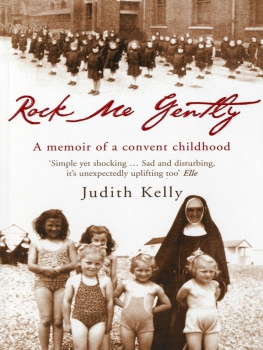
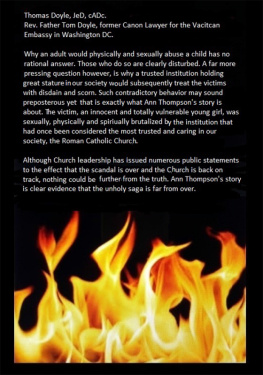
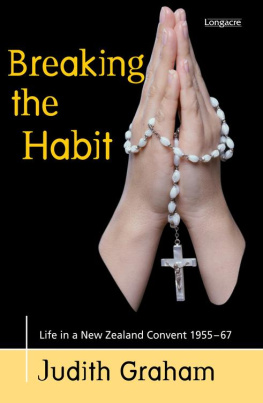

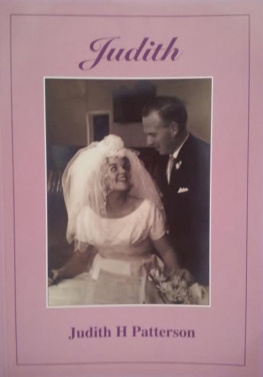

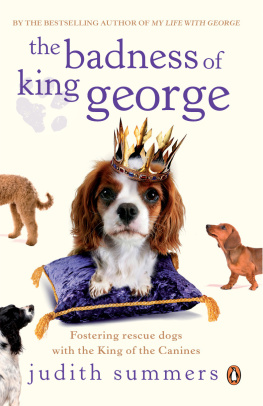
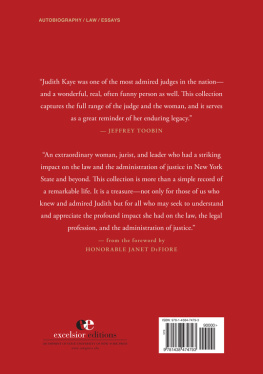
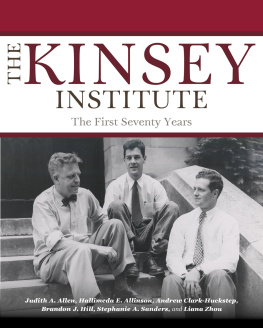



_ocr_0003_001.jpg)